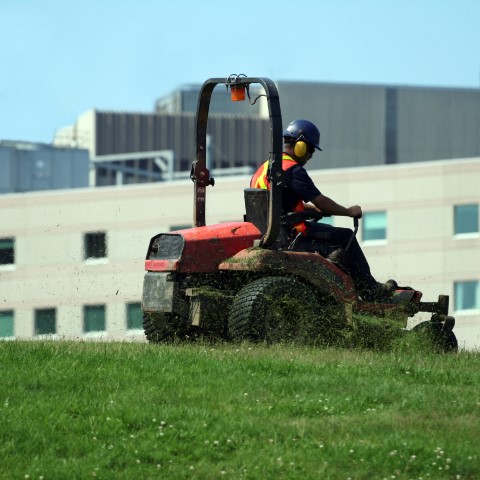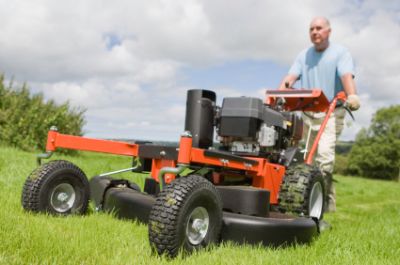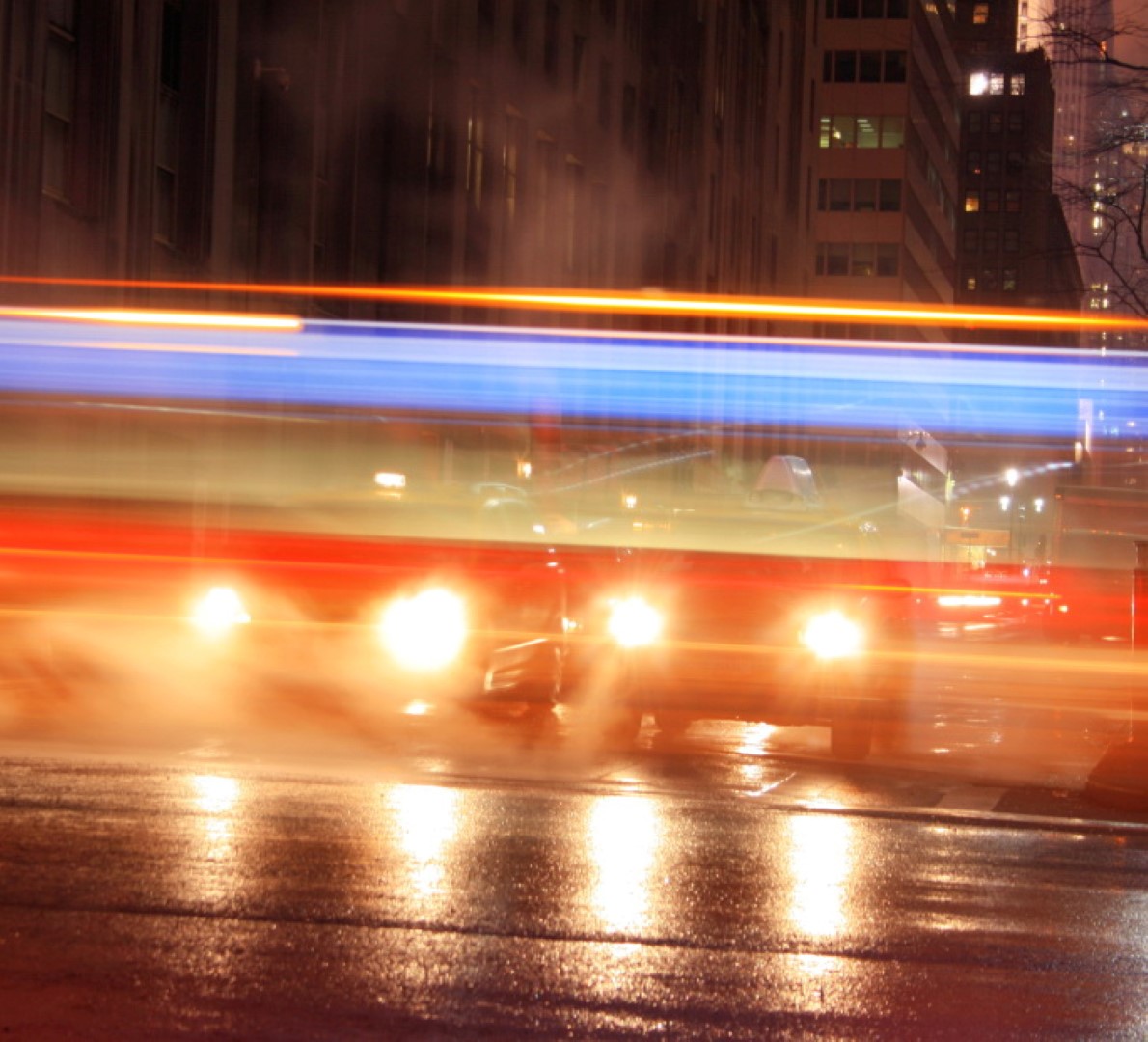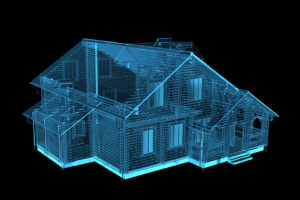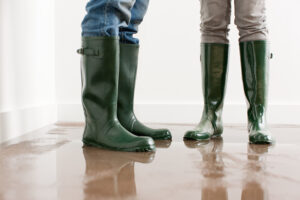ANSI/OPEI B71.4-2012 is the American National Standards Institute's (ANSI) published best practice for design and safe usage of commercial turf care equipment in the United States. It was published June 8, 2012 and integrates voluntary consensus standards by the 100 equipment manufacturers of the Outdoor Power Equipment Institute (OPEI) which participate in the standard. It updates ANSI-OPEIB71.4-2004 and is different in scope and content than ANSI/OPEI B71.1 which addresses consumer standards for residential lawnmowers and differs in aspects such as: cutting blade stopping time, machine braking, traction, longitudinal & lateral stability as well as safety guarding of internal machine dangers. ANSI/OPEI B71.4-2012 integrates nearly 30 ANSI standards for lighting, labeling, electrical & mechanical components as well as human factors control & label positioning and should be considered along with those appropriate standards. ANSI is not a government regulation, but a suggested industry best practice and engineers are free to design products differently with the intent of improving safety and performance.
Notable changes to ANSI/OPEI B71.4-2012 include a: broadened scope for rollover protection structures, published step-guard weight capacities, revised operator area and engine screen guarding requirements as well as the discontinuation of the lateral upset test. Annexes A, B and C are included with ANSI/OPEI B71.4-2012 for informational purposes but are not considered part of the document.
For a quick overview by corporate risk managers regarding safe equipment use principles, the publication's Figure 3 is important, as equipment accidents by users continue within the industry and discussion remains within corporate counsel circles, about the best liability approaches regarding: rollover protection structures (ROPS), operator presence controls (OPC) and safety guarding. OSHA provides supplementary safe use guidance at: https://www.osha.gov/dsg/riding_mowers/ founded upon the ANSI standard and as contributed by industry and government regulators.
The most contentious legal discussions on this topic regards rollover protection structures (ROPS) which the ANSI standard requires on: machines with weights exceeding 882lbs with lateral/longitudinal instability on less than 30-degree inclines; on all machines weighing more than 1332lbs and on many zero-turn mowers. The ANSI standard provides ROPS exceptions for machines operated by a standing (i.e. pedestrian) operator, on machines weighing less than 882lbs and for designs in which the operator sits astride the operator seat with a full, unobstructed egress to the machine's rear, but the chief ROPS discussion centers on the intentional removal of ROPS safety structures by company maintenance personnel when professional experience recommends safer machine operation without the ROPS installed. As ANSI is a voluntary consensus standard and not a government requirement and ANSI/OPEI B71.4-2012 covers equipment operated by professionals, not residential consumers, latitude exists for owners and operators to make prudent situational-dependent decisions regarding their machines safe operation, and as such, even OSHA references operation with ROPS lowered and the seat-belt removed when overhead ROPS obstructions exist. Similarly, turf conditions, aggregate machine operator/accessory weight exceeding 200lbs and special wheel kits change machine performance and necessitate company training of machine users by equipment owners.
Forensic engineers are knowledgeable regarding the engineering and code-compliance aspects in these areas and can help navigate the technical considerations in these matters.
Featured Engineer: Suzanne Alton-Glowiak, M.M.E., Senior Mechanical Engineer.
